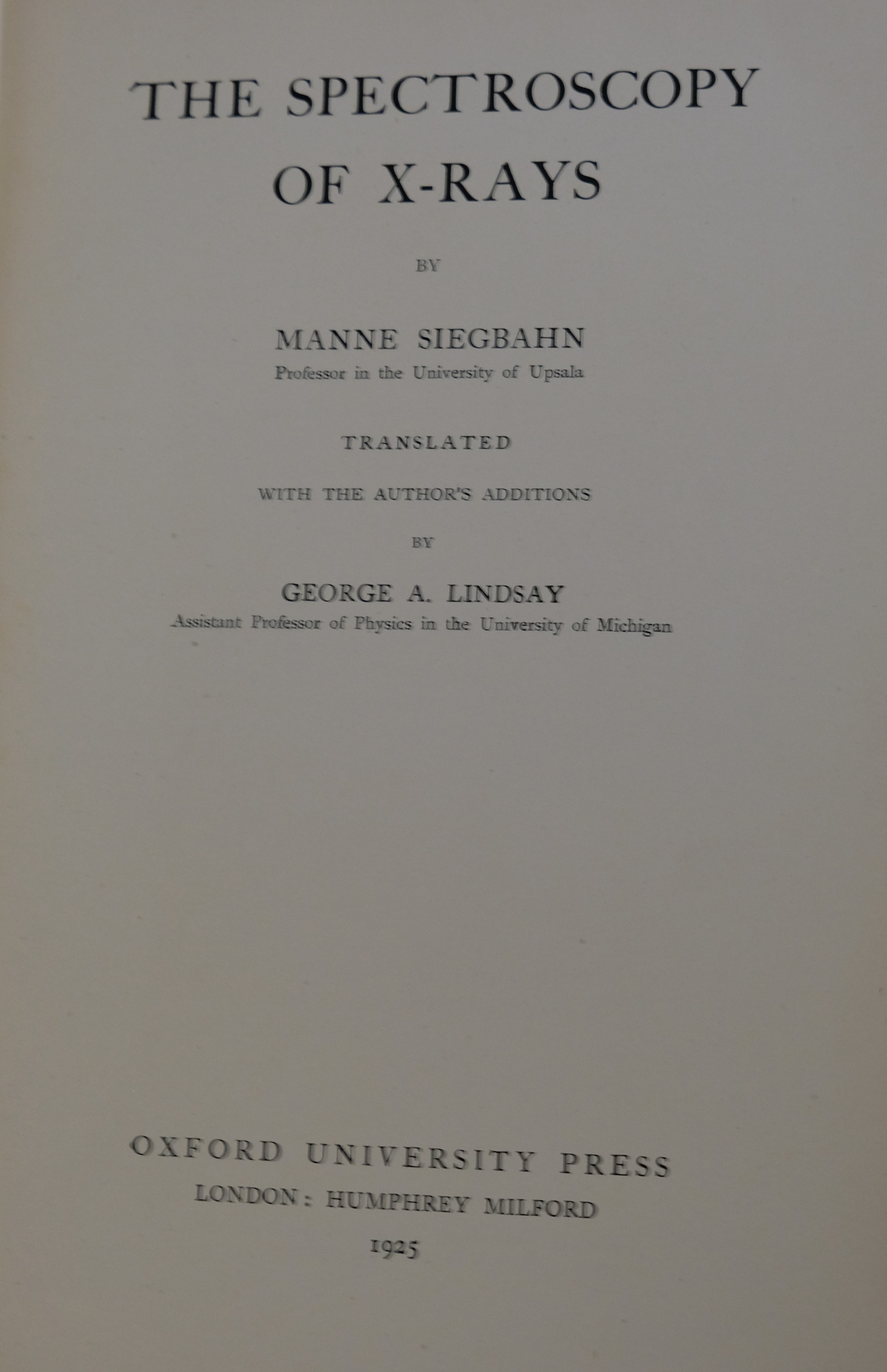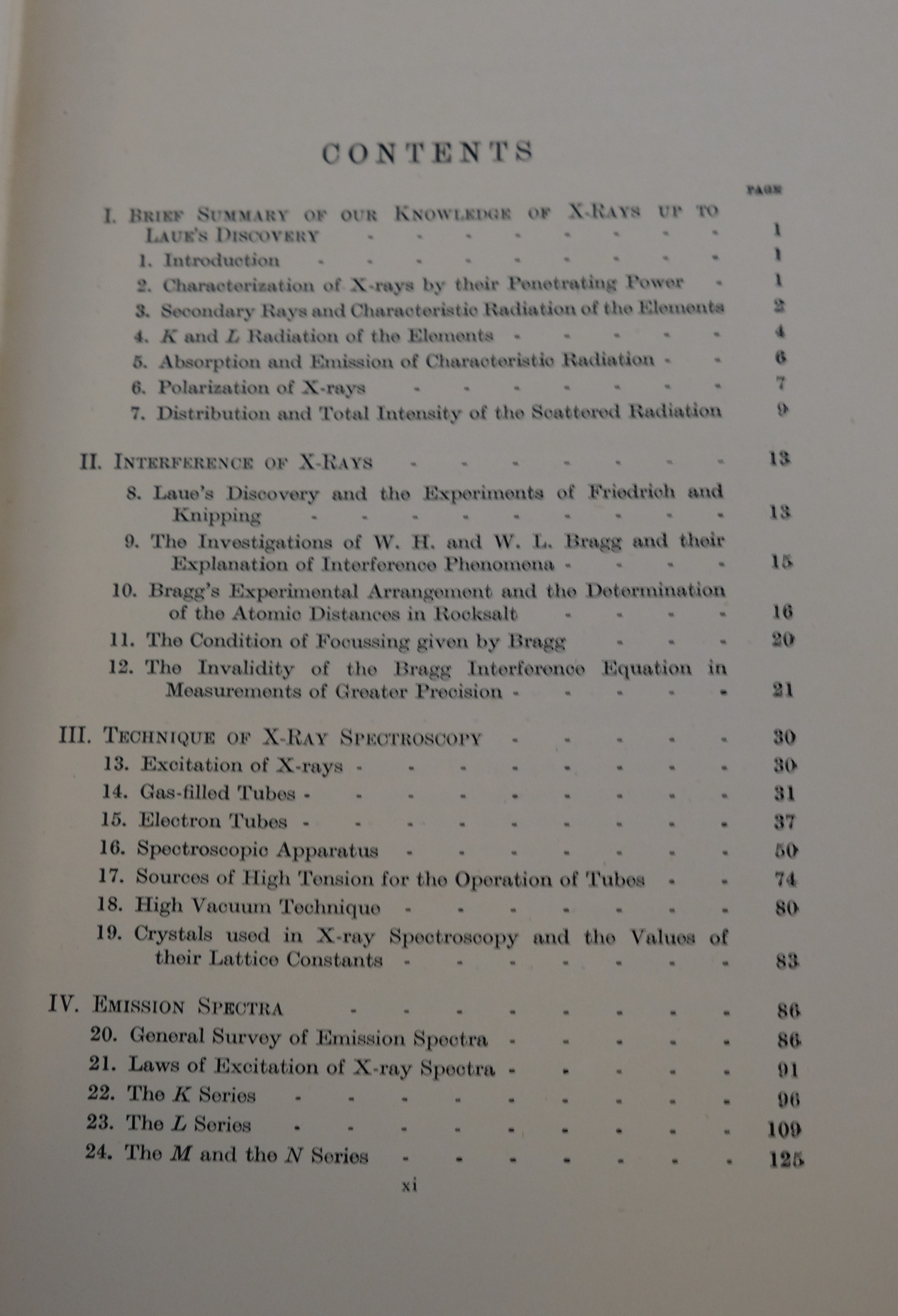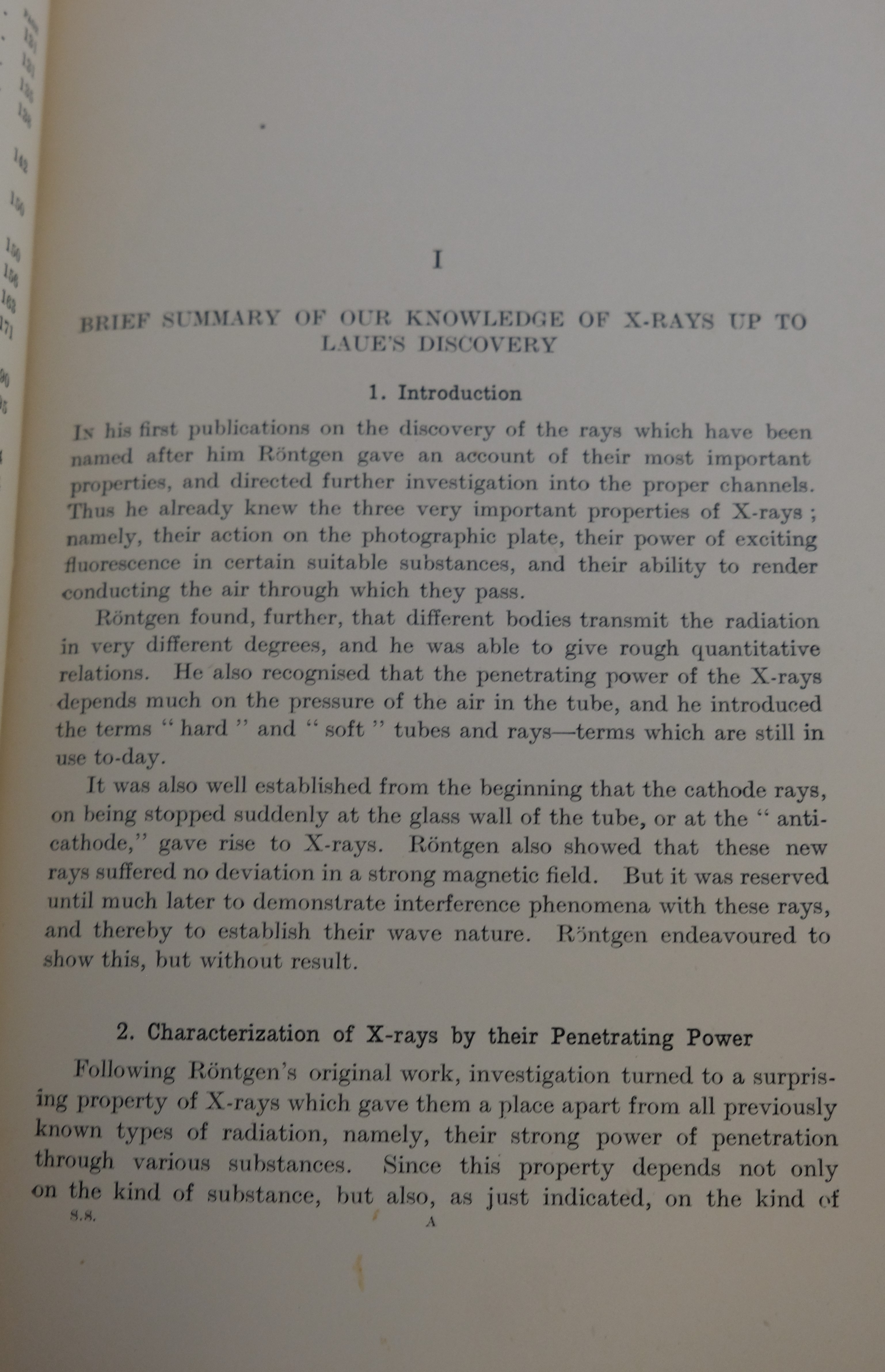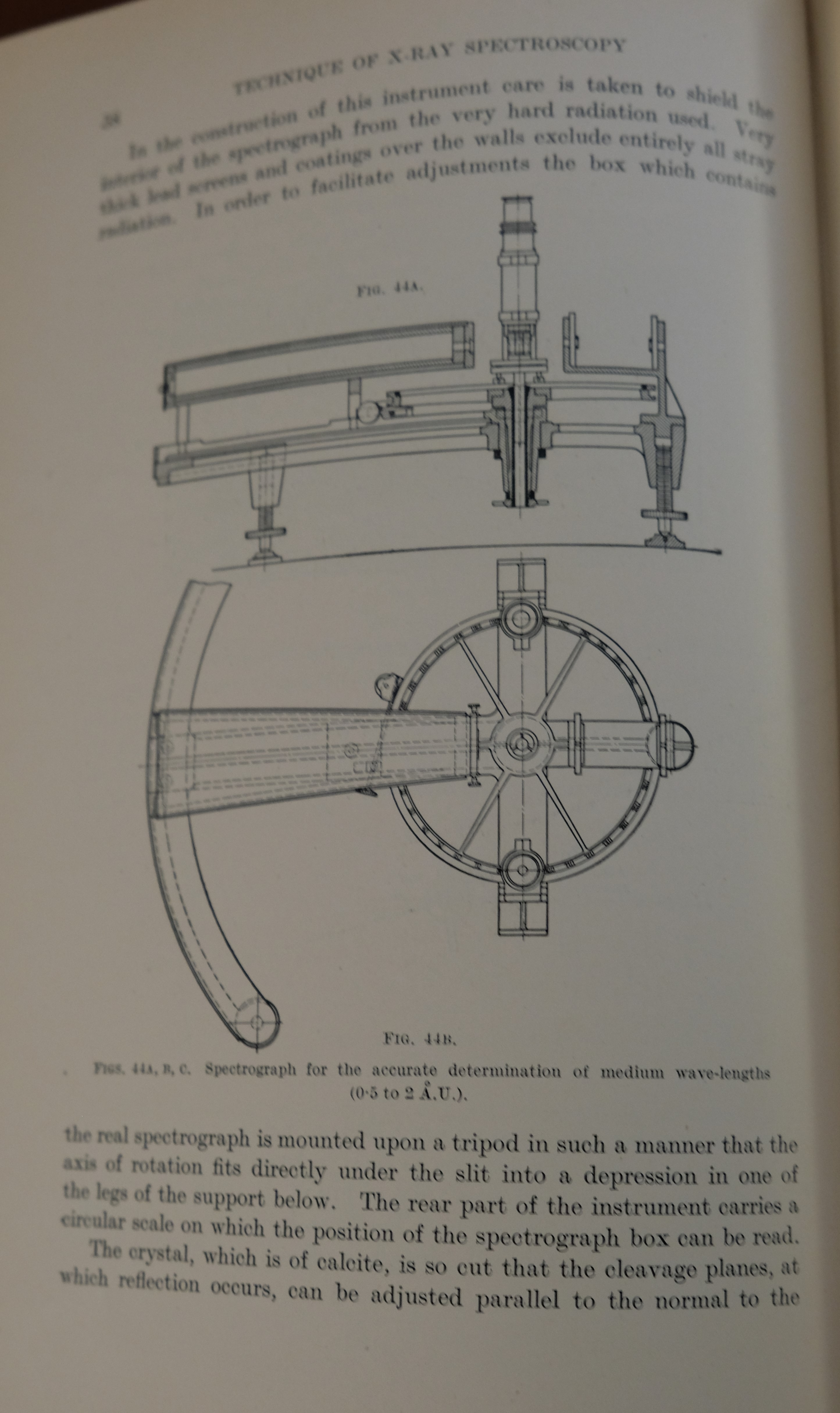1. Early life and education
Karl Manne Georg Siegbahn's formative years laid the foundation for his illustrious scientific career, marked by rigorous academic pursuits at esteemed universities.
1.1. Birth and family background
Karl Manne Georg Siegbahn was born on 3 December 1886, in Örebro, Sweden. He was the son of Georg Siegbahn and Emma Zetterberg.
1.2. Academic training
Siegbahn completed his high school education in Stockholm in 1906, the same year he began his studies at Lund University. During his time at Lund, he served as a secretarial assistant to the renowned physicist Johannes Rydberg from 1907 to 1911. In 1908, he also pursued studies at the University of Göttingen in Germany, further broadening his academic foundation. He earned his PhD from Lund University in 1911, submitting a thesis titled Magnetische Feldmessungen (Magnetic Field Measurements).
2. Academic career
Siegbahn's academic journey saw him rise through the ranks in Swedish universities, culminating in significant leadership roles that shaped the landscape of physics research.
2.1. Early academic positions
Following his doctoral studies, Manne Siegbahn stepped into an acting professorship at Lund University, filling in for Johannes Rydberg as Rydberg's health declined. Siegbahn eventually succeeded Rydberg, becoming a full professor of physics at Lund University in 1920. In 1922, he moved from Lund to Uppsala University, where he assumed another professorship.
2.2. Leadership and institutional roles
In 1937, Siegbahn was appointed Director of the Physics Department of the Nobel Institute of the Royal Swedish Academy of Sciences. This institution was later renamed the Manne Siegbahn Institute (MSI) in 1988, in his honor. While the institute's research groups have since been reorganized, its name persists within the Manne Siegbahn Laboratory, which is hosted by Stockholm University. Beyond his institutional leadership in Sweden, Siegbahn also played a significant role in international scientific collaboration, serving as the President of the International Physics Congress (or International Physics Society) from 1938 to 1947.
3. Scientific achievements
Siegbahn's research was predominantly focused on X-ray spectroscopy, where his meticulous experimental work and innovative instrumentation led to fundamental advancements in atomic physics.
3.1. X-ray spectroscopy research
Manne Siegbahn initiated his comprehensive studies in X-ray spectroscopy in 1914. Initially, he employed a spectrometer similar to that used by Henry Moseley, who had established the relationship between the wavelength of certain elements and their position in the periodic system. Siegbahn, however, quickly developed advanced experimental apparatus, enabling him to conduct highly precise measurements of the X-ray wavelengths emitted by atoms of various elements. Through these refined techniques, he discovered that many of the spectral lines previously identified by Moseley actually comprised multiple components. His detailed investigation of these components, coupled with continuous improvements to his spectrometer, led to an almost complete understanding of the electron shell structure within atoms.
A significant outcome of his work was the development of the Siegbahn notation, a widely adopted convention for naming the distinct spectral lines characteristic of elements in X-ray spectroscopy. Siegbahn's exceptionally precise measurements provided crucial empirical data that propelled numerous theoretical developments in quantum theory and atomic physics, contributing to a more accurate and comprehensive model of the atom.


Siegbahn's major treatise, The Spectroscopy of X-Rays, was published in 1925, summarizing his extensive findings and methodologies.


3.2. Contributions to atomic physics and instrumentation
Beyond his fundamental work in X-ray spectroscopy, Siegbahn made broader contributions to atomic physics and the development of scientific instruments. He was instrumental in understanding the complexities of X-ray spectra, leading to the discovery of the X-ray M-series, which further elucidated electron shell arrangements.
He developed the Siegbahn-type vacuum spectrometer, an innovation that allowed for the photographic capture of very short wavelengths, down to 50 ångströms. This capability was crucial for advancing ultraviolet research. In 1939, Siegbahn supervised the construction of a cyclotron, a particle accelerator that became a vital tool for nuclear physics research. Additionally, in 1944, he invented and patented the Siegbahn pump, a type of vacuum pump that found widespread use in high-vacuum applications, particularly in scientific laboratories.
4. Personal life
Manne Siegbahn married Karin Högbom in 1914. They had two sons. Their elder son, Bo Siegbahn, born in 1915, pursued a career as a diplomat and politician. Their younger son, Kai Siegbahn, born in 1918, followed in his father's footsteps as a physicist and achieved similar scientific distinction.
5. Awards and honors
Karl Manne Georg Siegbahn received numerous prestigious awards and honors throughout his career in recognition of his profound scientific contributions.
His most notable accolade was the Nobel Prize in Physics, awarded in 1924, for his pioneering discoveries and research in X-ray spectroscopy. He was also honored with the Hughes Medal in 1934 and the Rumford Medal in 1940, both from the Royal Society of London. In 1954, Siegbahn was elected a Foreign Member of the Royal Society. His native country also recognized his achievements, bestowing upon him the title of Commander Grand Cross of the Order of the Polar Star on 6 June 1947.
6. Legacy and influence
Siegbahn's work left an indelible mark on the scientific community, influencing subsequent generations of physicists and leading to the establishment of institutions and memorials in his honor.
6.1. Scientific and institutional legacy
Siegbahn's meticulous and precise measurements in X-ray spectroscopy were foundational, providing critical experimental data that significantly advanced the development of both quantum theory and atomic physics. His work helped to solidify the understanding of electron shells and laid the groundwork for future explorations into the quantum nature of matter. His institutional legacy is cemented by the Manne Siegbahn Institute, originally the Physics Department of the Nobel Institute, which was renamed in his honor in 1988. This institute continues to operate as the Manne Siegbahn Laboratory under Stockholm University, conducting cutting-edge research in various fields of physics. Furthermore, his name is commemorated internationally; a street at CERN, the European Organization for Nuclear Research, specifically on its Prévessin site in France, is named Route Siegbahn.
6.2. Family legacy
The scientific legacy of Karl Manne Georg Siegbahn extended through his family, notably through his son, Kai Siegbahn. Kai, also a distinguished physicist, was awarded the Nobel Prize in Physics in 1981, recognizing his significant contributions to the development of X-ray photoelectron spectroscopy. This made them one of the few father-son pairs to both receive Nobel Prizes in the same field.
7. Death
Karl Manne Georg Siegbahn died on 26 September 1978, at the age of 91, in Stockholm, Sweden.